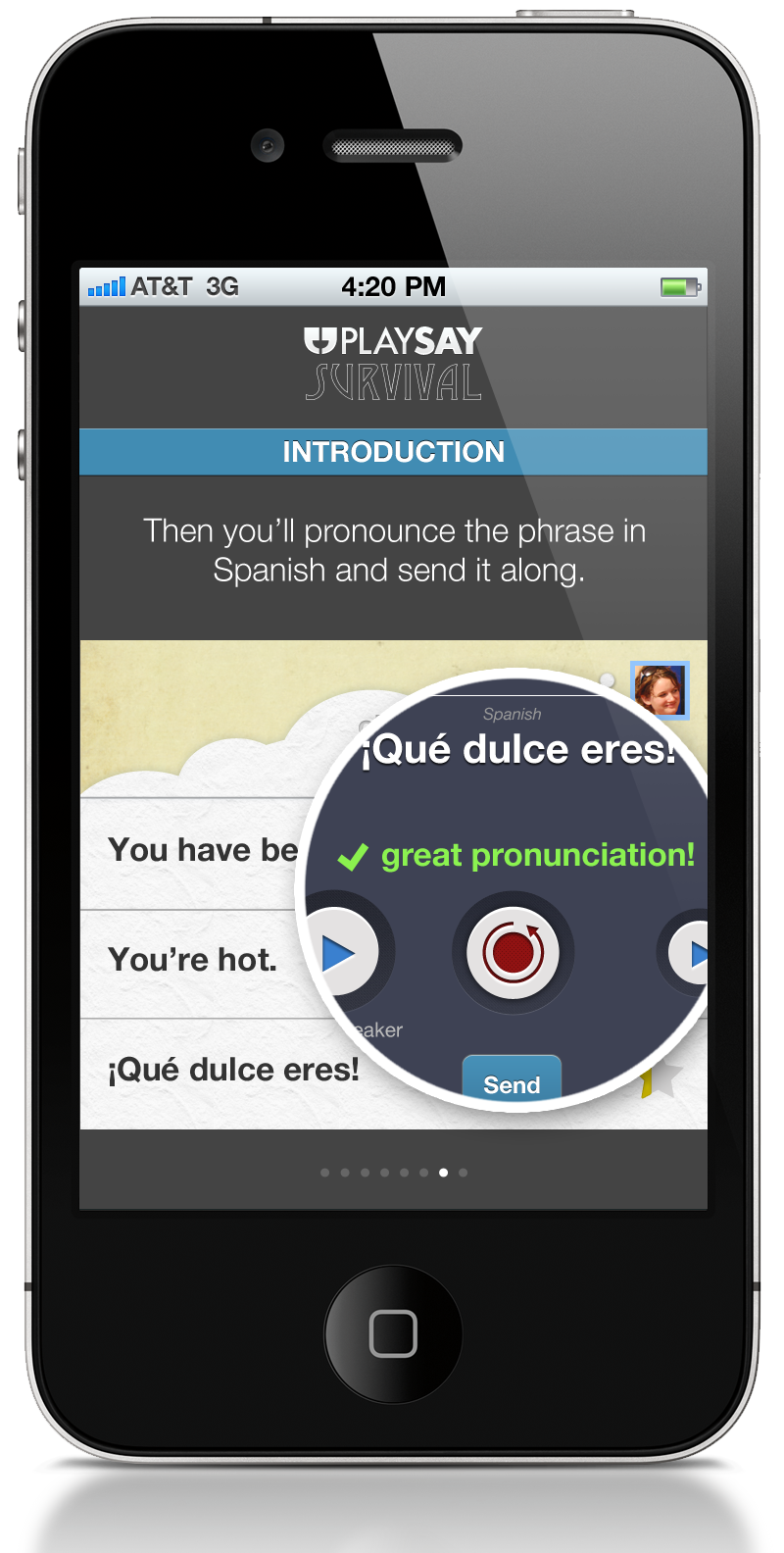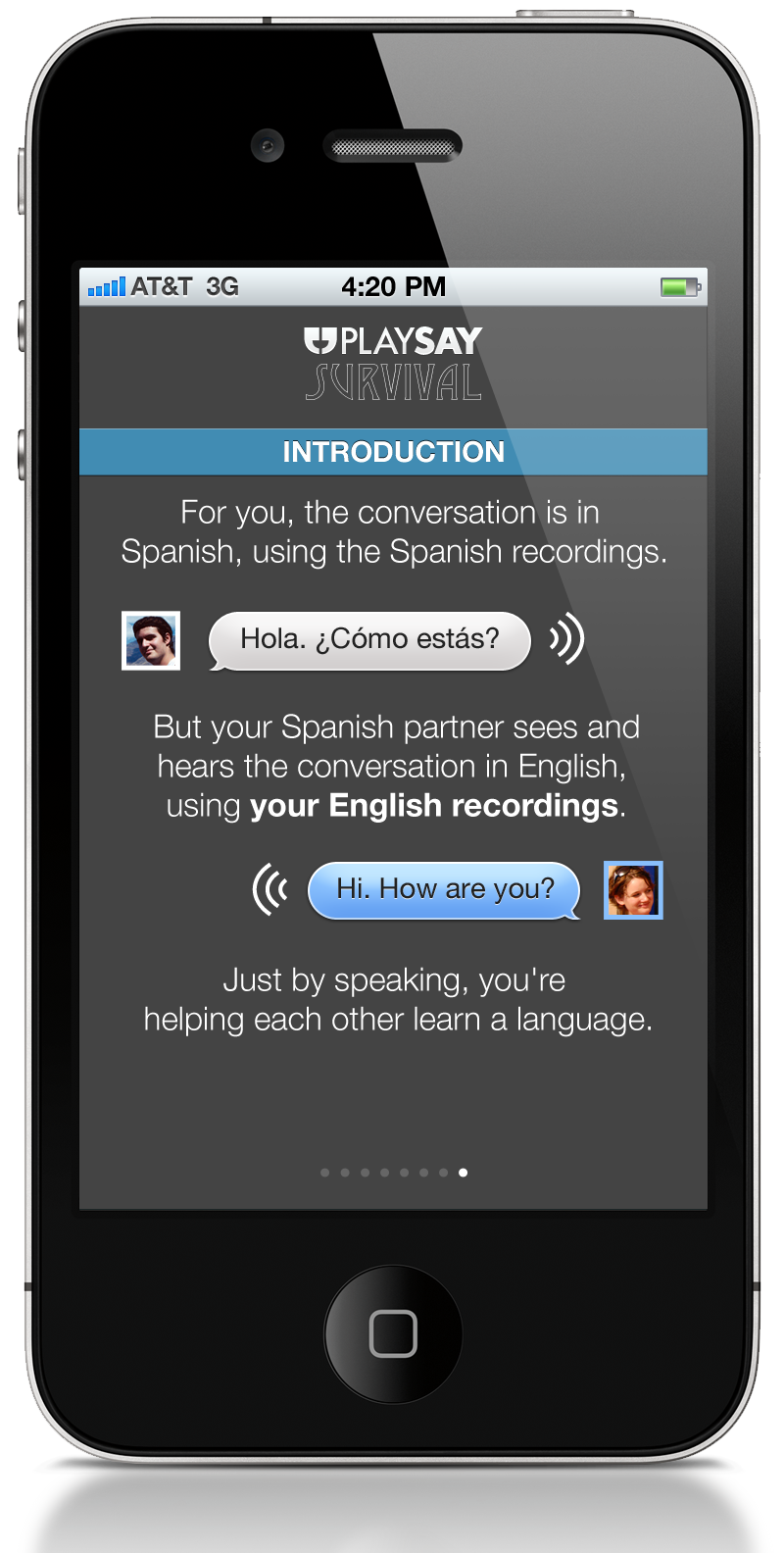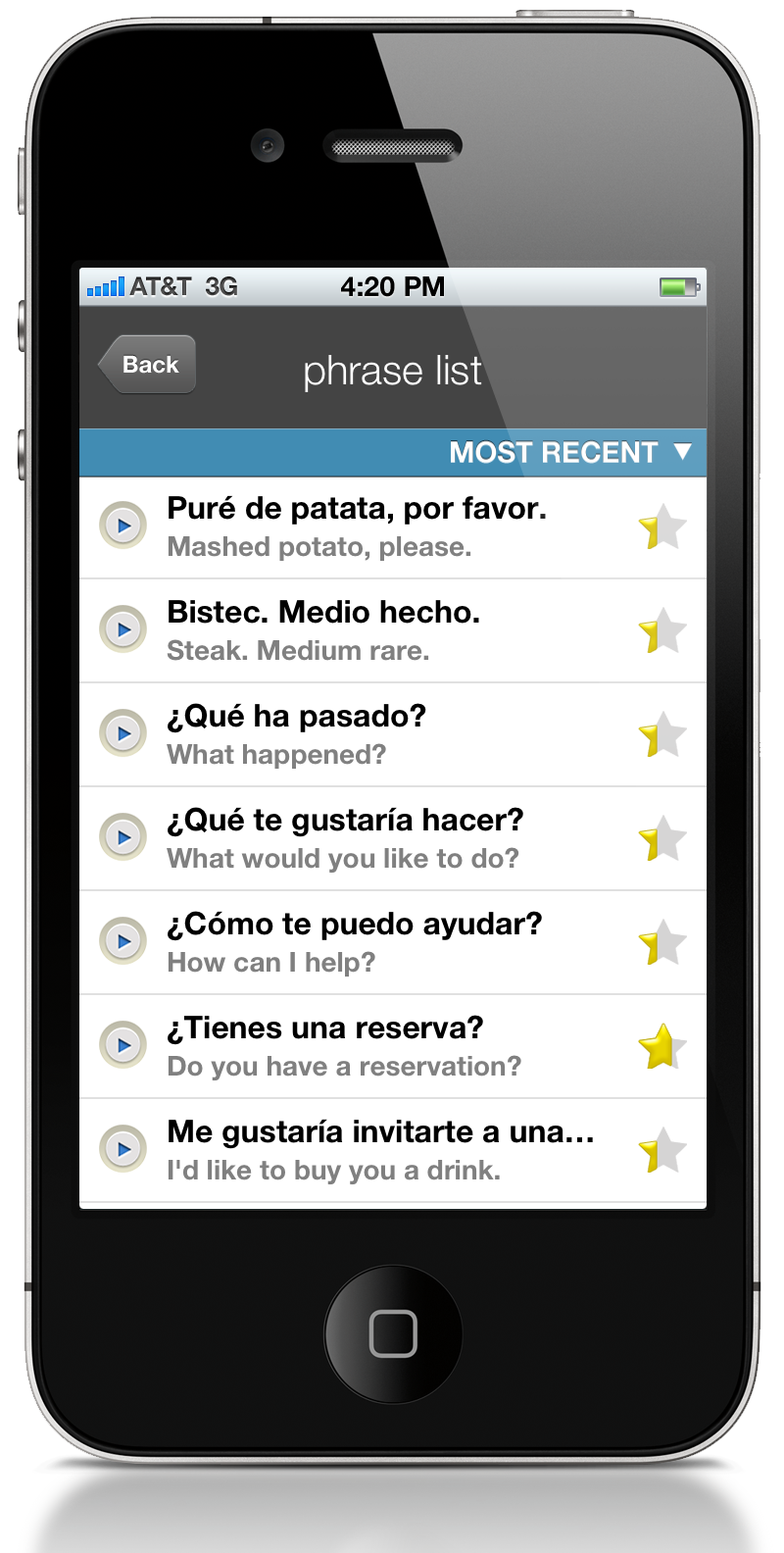Above is a flyer for our company's first flagship product (since phased out), digital audio vocabulary flashcards for the Japanese Language Proficiency Test (JLPT). Yes, that's JLPT written on my forehead (any random white guy is good marketing in Japan). In this post I'll thoroughly cover the JLPT and the changes to the test for all of our Japanese-learning users who still consistently ask us.
The (New) Japanese Language Proficiency Test (JLPT)
The Japanese Language Proficiency Test (日本語能力試験 Nihongo Nōryoku Shiken), or JLPT, is a standardized test to evaluate and certify the Japanese language proficiency of non-native Japanese speakers. In East Asia, the test is offered twice a year on the first Sunday of July and December. In other regions, the test is offered once a year on the first Sunday of December. The test is administered by the Japan Educational Exchanges and Services (JEES) in Japan, and by the Japan Foundation outside of Japan. The four main sections of the test are vocabulary, grammar, reading, and listening. To pass the test, one must exceed the minimum acceptable score for both the total as well as each section of the test. The JLPT had a total of four levels until the end of 2009. Since 2010 the JLPT has five levels, with Level N5 the easiest and Level N1 the most difficult.
JLPT Level N1, N2, N3, N4, and N5
The JLPT now has a total of five levels, with Level N5 the easiest and Level N1 the most difficult. The test is designed to test anyone’s Japanese language proficiency in listening, speaking, reading, and writing. The four main sections of the test are vocabulary, grammar, reading, and listening.
JLPT Level N1 (formerly JLPT 1)
According to the JEES, anyone passing JLPT Level N1 has “The ability to understand Japanese used in a variety of circumstances.”
·One is able to read writings with logical complexity and/or abstract writings on a variety of topics, such as newspaper editorials and critiques, and comprehend both their structures and contents.
·One is also able to read written materials with profound contents on various topics and follow their narratives as well as understand the intent of the writers comprehensively.
·One is able to comprehend orally presented materials such as coherent conversations, news reports, and lectures, spoken at natural speed in a broad variety of settings, and is able to follow their ideas and comprehend their contents comprehensively. One is also able to understand the details of the presented materials such as the relationships among the people involved, the logical structures, and the essential points.
JLPT Level N1
Kanji
Vocabulary
Listening
Hours of Study
~2,000
~10,000
Advanced
900 (estimated)
Test takers are given a total of 110 minutes for the vocabulary, grammar, and reading sections and 60 minutes for the listening section. Historically, the lowest-scoring section of the JLPT is the listening section.
Check out PlaySay's JLPT N1 Vocabulary Companion App
JLPT Level N2 (formerly JLPT 2)
According to the JEES, anyone passing JLPT Level N2 has “The ability to understand Japanese used in everyday situations, and in a variety of circumstances to a certain degree.”
- One is able to read materials written clearly on a variety of topics, such as articles and commentaries in newspapers and magazines as well as simple critiques, and comprehend their contents.
- One is also able to read written materials on general topics and follow their narratives as well as understand the intent of the writers.
- One is able to comprehend orally presented materials such as coherent conversations and news reports, spoken at nearly natural speed in everyday situations as well as in a variety of settings, and is able to follow their ideas and comprehend their contents. One is also able to understand the relationships among the people involved and the essential points of the presented materials.
JLPT Level N2
Kanji
Vocabulary
Listening
Hours of Study
~1,000
~6,000
Intermediate
600 (estimated)
Test takers are given a total of 105 minutes for the vocabulary, grammar, and reading sections and 50 minutes for the listening section. Historically, the lowest-scoring section of the JLPT is the listening section.
Check out PlaySay's JLPT N2 Vocabulary Companion App
JLPT Level N3
According to the JEES, anyone passing JLPT Level N3 has “The ability to understand Japanese used in everyday situations to a certain degree.”
- One is able to read and understand written materials with specific contents concerning everyday topics.
- One is also able to grasp summary information such as newspaper headlines.
- In addition, one is also able to read slightly difficult writings encountered in everyday situations and understand the main points of the content if some alternative phrases are available to aid one’s understanding.
- One is able to listen and comprehend coherent conversations in everyday situations, spoken at near - natural speed, and is generally able to follow their contents as well as grasp the relationships among the people involved.
JLPT Level N3
Kanji
Vocabulary
Listening
Hours of Study
~650
~3,750
Lower Intermediate
450 (estimated)
Test takers are given 30 minutes for the vocabulary section, a total of 70 minutes for the grammar and reading sections, and 40 minutes for the listening section. Historically, the lowest-scoring section of the JLPT is the listening section.
Check out PlaySay's JLPT N3 Vocabulary Companion App
JLPT Level N4 (formerly JLPT 3)
According to the JEES, anyone passing JLPT Level N4 has “The ability to understand basic Japanese.”
- One is able to read and understand passages on familiar daily topics written in basic vocabulary and kanji .
- One is able to listen and comprehend conversations encountered in daily life and generally follow their contents, provided that they are spoken slowly.
JLPT Level N4
Kanji
Vocabulary
Listening
Hours of Study
~300
~1,500
Basic
300 (estimated)
Test takers are given 30 minutes for the vocabulary section, a total of 60 minutes for the grammar and reading sections, and 35 minutes for the listening section. Historically, the lowest-scoring section of the JLPT is the listening section.
Check out PlaySay's JLPT N4 Vocabulary Companion App
JLPT Level N5 (formerly JLPT 4)
According to the JEES, anyone passing JLPT Level N1 has “The ability to understand some basic Japanese.”
- One is able to read and understand typical expressions and sentences written in hiragana, katakana, and basic kanji.
- One is able to listen and comprehend conversations about topics regularly encountered in daily life and classroom situations, and is able to pick up necessary information from short conversations spoken slowly.
JLPT Level N5
Kanji
Vocabulary
Listening
Hours of Study
~100
~800
Beginner
150 (estimated)
Test takers are given 25 minutes for the vocabulary section, a total of 50 minutes for the grammar and reading section, and 30 minutes for the listening section. Historically, the lowest-scoring section of the JLPT is the listening section.
Check out PlaySay's JLPT N5 Vocabulary Companion App
JLPT Revision as of 2010
The JLPT was revised since the beginning of 2010 to increases the number of test levels from 4 (Level 1, Level 2, Level 3 and Level 4) to 5 (N1, N2, N3, N4 and N5). Level N5 is the easiest level and Level N1 is the most difficult level.
JLPT Level N1
Approximately the same level as the current Level 1 test, but designed to measure slightly more advanced abilities.
JLPT Level N2
Approximately the same level as the current Level 2 test.
JLPT Level N3
Positioned at a level bridging the current Level 2 and Level 3 tests. (Newly established)
JLPT Level N4
Approximately the same level as the current Level 3 test.
JLPT Level N5
Approximately the same level as the current Level 4 test.












































































